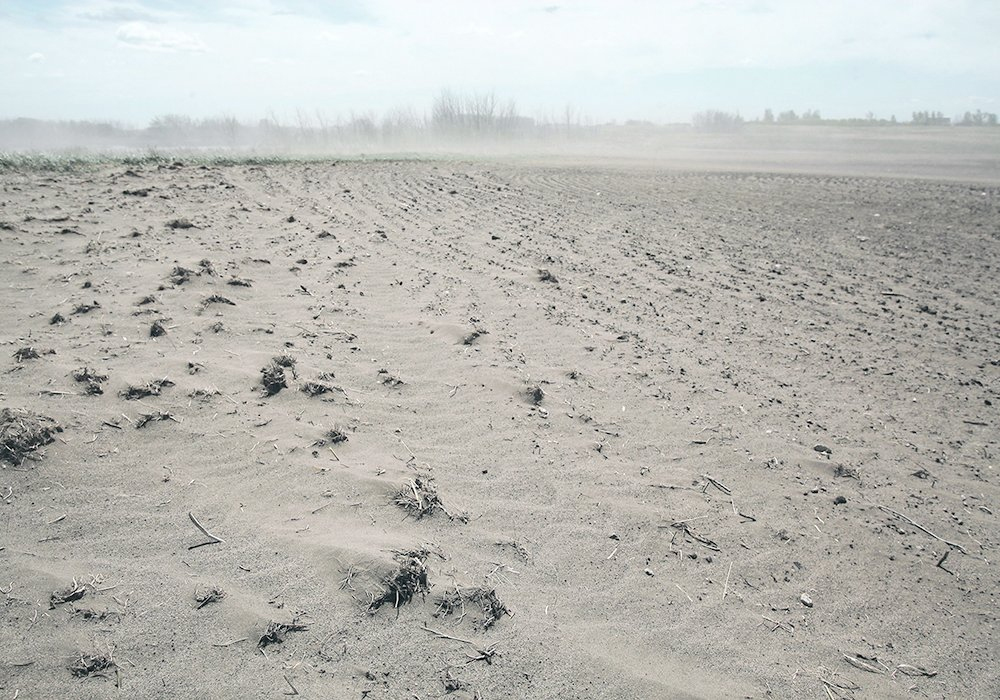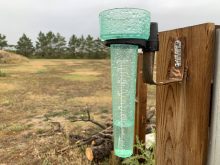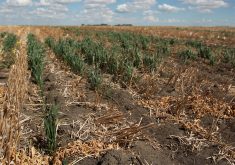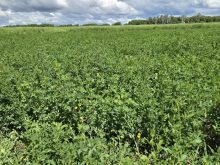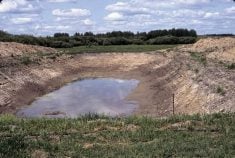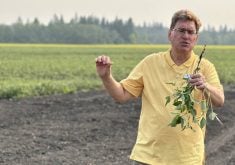North American demand for meat remains strong, COOL not coming back, drought and herd reductions shared
ASSINIBOIA, Sask. — A recent presentation from the National Cattlemen’s Beef Association to the Saskatchewan Stock Growers Association sounded familiar to western Canadian ears.
“Right now, it’s all about drought,” NCBA chief executive officer Colin Woodall said. “Unfortunately, it looks like it’s going to be all about drought for some time to come.”
He said some parts of the western United States have been in “exceptional drought” for the last four to five years and the resulting huge herd liquidation is worrisome.
“We’re worried because we’re seeing a bit of a beef renaissance here in the United States,” Woodall said.
Read Also
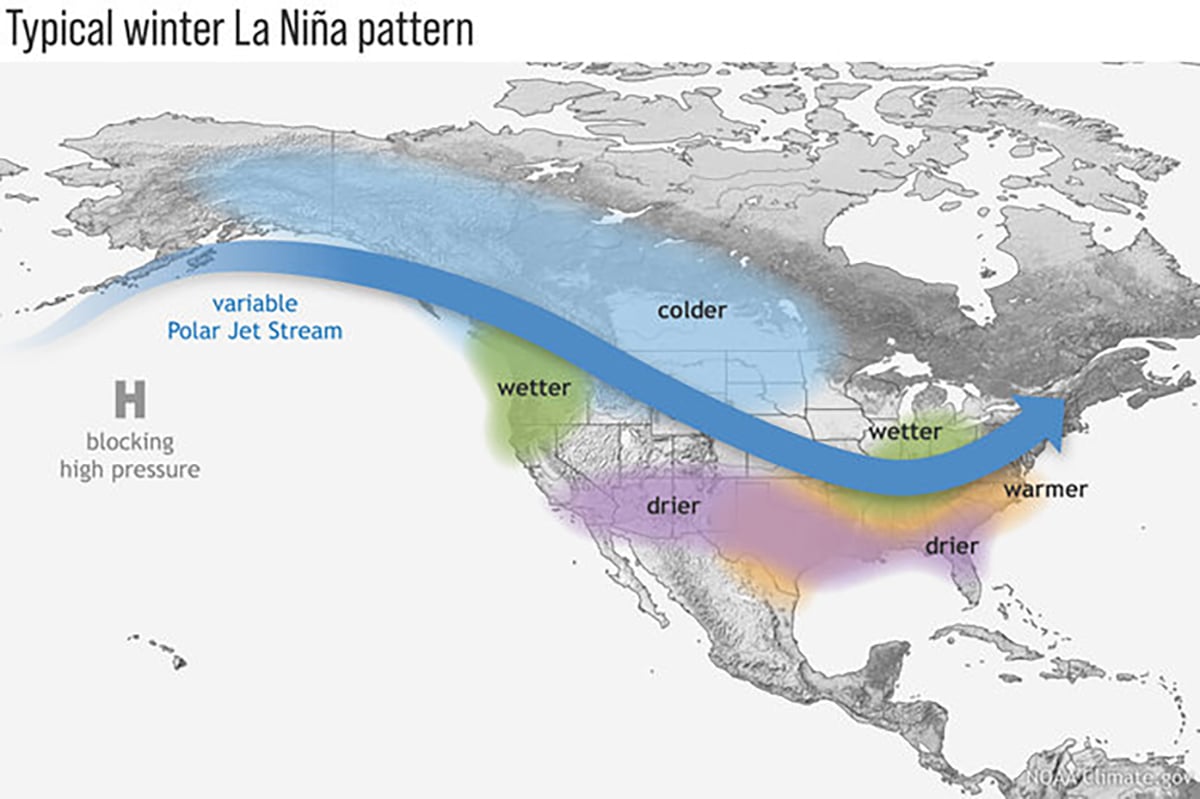
Weather factors to watch this winter
There are currently three main factors that could be a driving force behind the type of weather we may see this winter. The first is La Nina, which is currently in a weak stage.
Before the pandemic, the top issue was how to deal with the threat of fake meat. But the domestic demand through the past two years continues even now with inflation.
Woodall said producers are wondering if they will be able to fill that demand. Cattle on feed in May set a record at the largest number since calculations began in 1996. However, the number of cows going to slaughter is a bigger concern.
“It was the largest percentage of cows going to slaughter since 1986. That is sending some shudders throughout the producer community,” Woodall said.
Models show no real relief from the drought until early 2023, he added, and a government that “has been printing money left and right” since the pandemic started is unlikely to devote resources to cattle producers.
“Right now, it’s just about survival,” he said.
The NCBA is still waiting for the results of an investigation into anticompetitive behaviour by meatpacking plants in the early days of the pandemic. Woodall said at this point he is unsure if any conclusions will ever be released.
But he noted that supply and demand for beef were both strong when the large packers either slowed or stopped processing and created a chokepoint.
Woodall said the lack of information from the investigation has led the industry to talk about other things it could do, including a mandate on the percentage of cash trade needed for price discovery.
Research so far has found that’s not so easy to pinpoint as the percentage needed in Texas, for example, would be different than that required in Minnesota.
“The debate now is, are we going to push forward for a mandate, and if so, can the U.S. government actually do this in a way that doesn’t harm competition,” he said. “We don’t believe so.”
Woodall also raised concern about the proposed appointment of a special investigator from the U.S. Department of Agriculture who could “go out and file lawsuits left and right.” He said the USDA already had that power and the NCBA preferred that the government would fully staff that department.
“Right now, 40 percent of the positions in that division are empty,” he said. “We know we’ve got some livestock auction barns that haven’t seen a packers and stockyards employee, in some cases now, for two-and-a-half to three years.”
After he spoke to SSGA, the government passed the Lower Food and Fuel Costs Act, which incorporates the Meat and Poultry Special Investigator Act.
Other U.S. concerns that mirror those in Canada include whether small and regional plants can be built and survive, and how plants will be staffed.
“When it’s all said and done, I think we’re going to have a lot of drawings that are going to be sitting on the table, not packing plants that are going to be up and running,” he said, referring to proposed plants.
The administration of former U.S. President Donald Trump axed a foreign worker program on which plants relied. Woodall said both parties would endorse an agricultural worker program but neither wants to carve that out of the larger discussion on immigration reform and border security.
SSGA past-president Kelcy Elford asked Woodall about the possible return of country-of-origin labelling, noting it has been on the radar in Canada.
Woodall said mandatory COOL is not coming back, even though many do still talk about it.
“We learned our lesson,” he said.
There is discussion about how the current product-of-U.S.A. label is used and the NCBA wants it tightened. Currently, cattle processed at a USDA-inspected plant can carry the label; the NCBA wants that beef to say “processed”.


